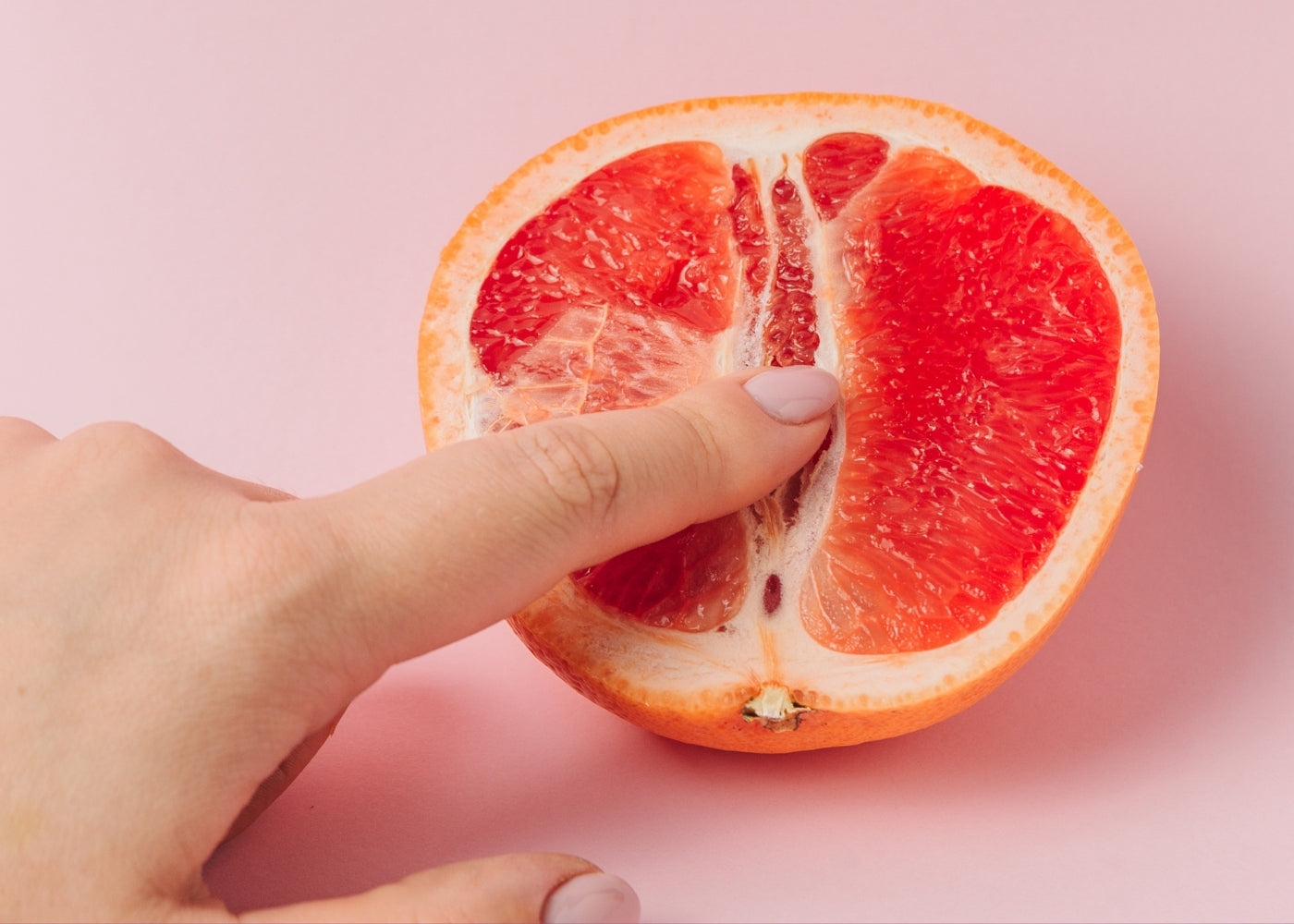What is the orgasm gap?
The orgasm gap describes the disparity between orgasms experienced by heterosexual men and heterosexual women. Studies have shown that, 91% of heterosexual men reported that they usually or always experienced an orgasm during sex, in comparison to just 39% of heterosexual women….That is an orgasm gap of 52%!
Why is there such a big orgasm gap?
Lack of education.
One of the main reasons for this gap is our cultural ignorance and the lack of knowledge/education on the clitoris. The clitoris is not just a little pleasure spot outside of the vulva, it is in fact a large internal organ made up of erectile tissue containing over 10,000 nerve fibers!
For the majority of vulva owners, orgasms can only be achieved through direct clitoral stimulation! However, it appears that many people think vaginal penetration is the best and only way for vulva owners to orgasm which is incorrect. Most people cannot orgasm from penetration alone and need clitoral stimulation. The lack of education surrounding the clitoris and female pleasure could perhaps be one of the main reasons the orgasm gap exists.
Female sexual pleasure hasn’t been considered important.
In addition to the lack of knowledge surrounding the clitoris, many women haven’t been taught to prioritise their pleasure. In heterosexual sex, it is common for the sex to end once the male partner has climaxed. Porn also reinforces this too. It is very rare to watch a man prioritise a women’s pleasure once he has ejaculated in porn. Research has suggested that people tend to copy the sexual acts they see in porn, in fact 30% of teenagers in one study claimed that porn was their initial source of sex education. So when the majority of mainstream porn focuses on male pleasure, this is also replicated in real life sex where female pleasure can be easily ignored. It influences what we think ‘normal’ sex should be like. This leads to the belief that only (p in v) penetrative sex leads to a female orgasm.
How can we close the orgasm gap?
There are a lot of things we can do to close the orgasm gap including the following...
1. Educate, educate, educate.
Educate yourself about the female anatomy. Start of by learning about the difference between the vulva and vagina as well as learning about function of the clitoris and the importance of clitoral stimulation during sex.
2. Masturbate.
If you are a vulva owner then the best place to start is by getting to know your own body through masturbation and self-exploration. Getting to know your body will enable you to learn exactly what you like and don’t like. You can then teach this to your partner(s) and show them the best technique that best works for you.
3. Experiment with sex toys.
Experiment with sex toys! Sex toys will make it easier for you to orgasm and are also great to introduce in partnered sex. Small and narrow sex toys such as bullet vibrators are a great toys to use during sex and will also make it easier for you to orgasm as you can focus on clitoral stimulation. Cock rings are also a great for partnered sex offering dual stimulation for both partners.
4. Talk to your partner about sex.
Communicating with your partner is key and is one of the most important factors in improving your sex life and orgasm potential in partnered sex. It is important to communicate with them what you like/don’t like and what techniques works best for you. Making this a habit will ensure that both you and your partner are on the same page about pleasure.
5. Stop faking orgasms.
No matter your gender, whenever you fake an orgasm, your partner will assume that what they were doing worked and was pleasurable for you. They may then use the same technique next time (which may not work for you). Rather than faking an orgasm, suggest to your partner to try a technique that you enjoy.
6. Stimulate the clitoris!!!
Perhaps the most important factor in reducing the orgasm gap… more focus needs to be on stimulating the clit. More than 80% of vulva owners cannot reach an orgasm solely through penetration! Therefore MORE focus needs to be on stimulating the clitoris rather than just P in V penetration which is less likely to lead to an orgasm.






















